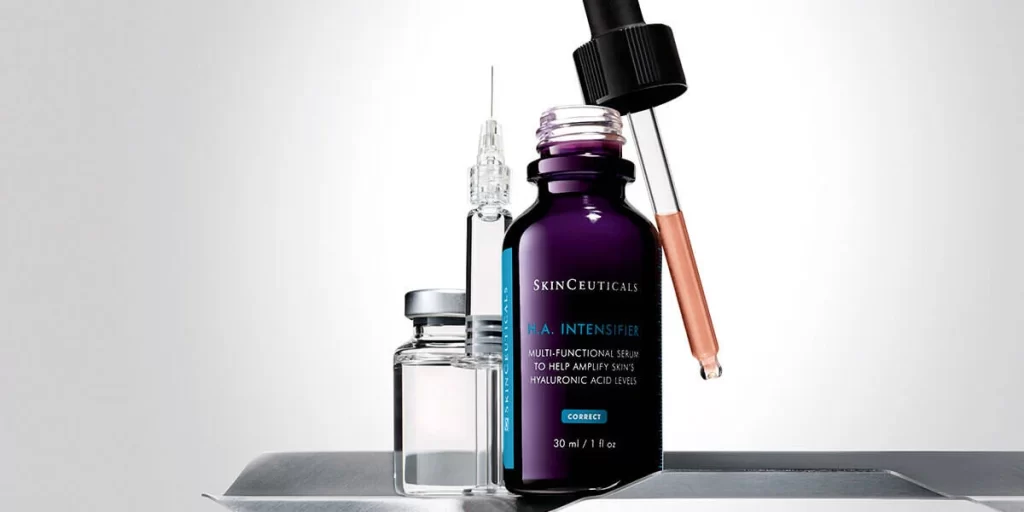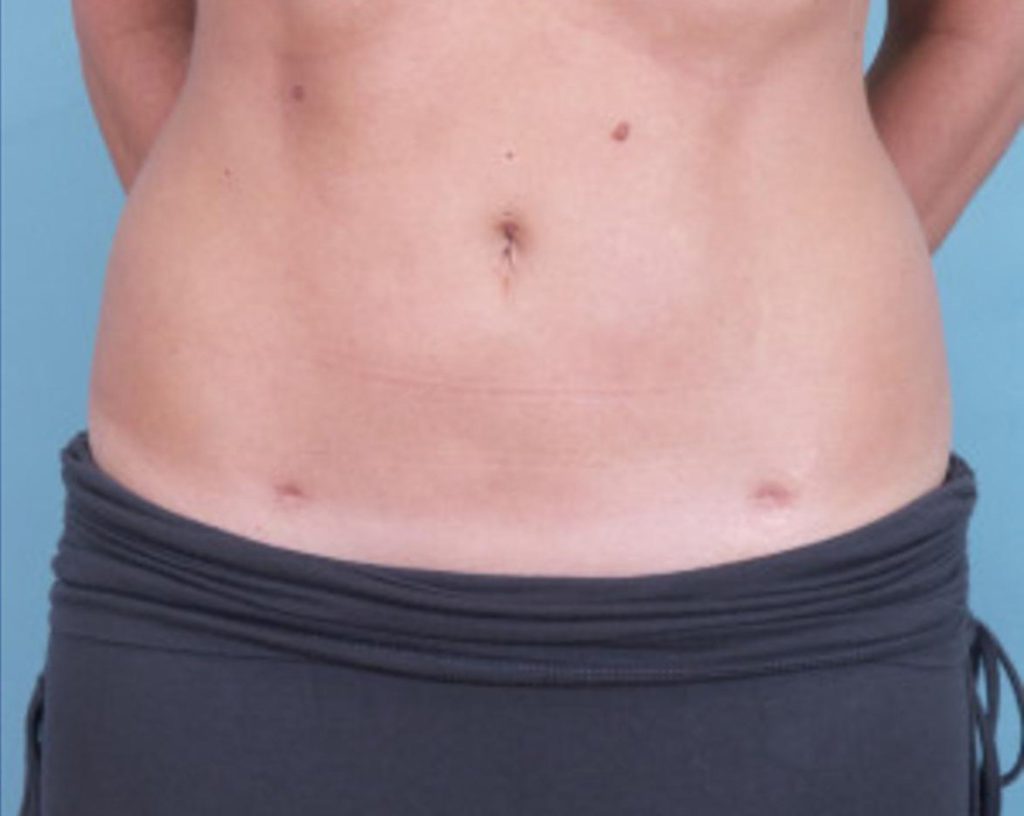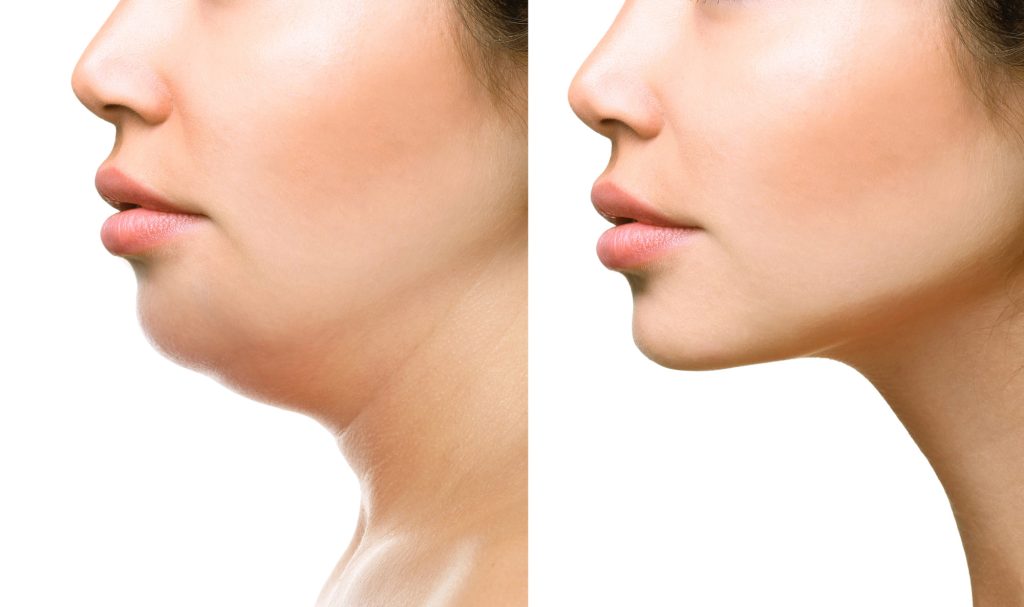Did you know that plastic surgeons say laser liposuction can reduce fats by up to 25% in just one session, oh? When comparing laser liposuction vs traditional liposuction, plastic surgeons find the differences in unwanted fat and fat transfer significant. Laser liposuction uses advanced technology to melt fats and tighten skin at the treatment site, while traditional liposuction physically removes fat cells with a suction function.
Both methods aim to sculpt your body, but the liposuction procedure and fat transfer offer different benefits and recovery experiences. Laser lipo is less invasive with quicker recovery times, whereas traditional liposuction procedure might be more effective for larger areas. Understanding these key points can help you decide which procedure, such as fat transfer, suits your needs better with the advice of your doctor.
Key Takeaways
-
Laser Lipo vs. Traditional Lipo: Laser liposuction uses laser energy to liquefy fat before removal, while traditional lipo involves physically breaking up fat.
-
Advantages of Laser Lipo: The laser lipo liposuction procedure generally results in less bruising and a quicker recovery time compared to traditional methods.
-
Skin Tightening Benefits: The laser lipo liposuction procedure can help tighten skin, making it a better option for individuals with stretch marks.
-
Anesthesia Differences: Unlike traditional lipo, which often requires general anesthesia, laser lipo can be performed with local anesthesia, reducing risks and recovery times.
-
Cost Factors: Both types of liposuction have varying costs influenced by factors such as the surgeon’s experience, location, and the extent of the procedure.
-
Choosing the Right Method: Consult with a qualified plastic surgeon to determine which type of liposuction is best suited for your specific needs and goals.
Understanding Liposuction
Definition
Liposuction is a cosmetic procedure. It aims to remove unwanted fat from specific body areas. Surgeons use it to improve body shape and contour.
Purpose
The main goal of liposuction is body contouring. It helps in reducing fat deposits that are resistant to diet and exercise. Many people opt for this procedure to achieve a more proportionate figure.
Traditional Methods
Traditional surgical liposuction began in the 1970s. Doctors used a cannula, a thin tube, to suction out fat. The process involved making small incisions in the skin.
The cannula was inserted through these incisions. A vacuum device was then attached to remove the fat.
Laser-Assisted Procedures
Laser liposuction emerged as an advanced technique. This method uses laser energy to liquefy fat before removal. The laser also stimulates collagen production, which can tighten the skin.
In laser liposuction, small incisions are still made. However, the energy from the laser makes fat easier to remove with less trauma.
Fat Transfer
e patients choose fat transfer after liposuction. In this procedure, removed fat is purified and injected into other body parts. This can enhance areas like the face or buttocks.
Time and Recovery
Both traditional and laser-assisted liposuctions require recovery time. Patients usually need a few weeks for swelling and bruising to subside. Laser liposuction often has a shorter recovery period due to less tissue damage.
Key Differences Between Laser Lipo and Traditional Lipo
Invasiveness
Laser lipo is less invasive than traditional liposuction. It uses laser energy to liquefy fat cells before removal. This method requires smaller incisions. Traditional liposuction, on the other hand, involves larger incisions and more physical manipulation of fats.
Patients opting for laser lipo often experience less trauma to surrounding tissues. The procedure is generally performed under local anesthesia. Traditional lipo usually needs general anesthesia due to its more invasive nature.
Recovery Time
Recovery time varies significantly between the two procedures. Laser lipo offers a quicker recovery compared to traditional liposuction. Patients can typically return to normal activities within a few days.
Traditional liposuction often results in longer and more painful recoveries. Swelling and bruising are common with this method, leading to weeks of downtime. Laser lipo’s minimal invasiveness reduces these side effects.
Skin Tightening
One key benefit of laser lipo is skin tightening. The heat from the laser causes immediate skin contraction during the procedure. This effect helps in reducing sagging skin post-surgery.
Traditional liposuction does not offer the same level of skin tightening benefits. Patients may require additional procedures for skin tightening after traditional lipo.
Fat Removal Efficiency
Both methods effectively remove fats, but their efficiency differs slightly. Laser lipo targets smaller areas with precision. It’s ideal for contouring specific body parts like the neck or arms.
Traditional liposuction can handle larger volumes of fat removal in one session. It’s better suited for areas like the abdomen or thighs where significant fat reduction is needed.
Pain Levels
Pain levels also differ between these two procedures. Laser lipo tends to be less painful due to its minimally invasive approach and use of local anesthesia.
Traditional liposuction involves more discomfort both during and after surgery. General anesthesia and extensive tissue manipulation contribute to higher pain levels post-operation.
Advantages of Laser Lipo Over Traditional Methods
Reduced Bleeding
Laser liposuction uses laser technology to coagulate small blood vessels. This reduces bleeding during the procedure. Traditional liposuction often leads to more significant blood loss. The laser’s heat seals off these vessels, minimizing bruising as well.
Minimal Bruising
The coagulation effect also lessens bruising post-surgery. Patients experience fewer marks and discoloration on their skin. This is a significant benefit over traditional methods which can leave extensive bruises.
Small Incision
Laser lipo requires only a small incision. This small cut is enough for the laser probe to enter and do its job. Traditional liposuction needs larger incisions, leading to bigger scars.
Minimal Downtime
One of the most appreciated benefits is the minimal downtime. Patients can return to their normal activities much faster. Traditional methods often require longer recovery periods.
Treating Irregularities
Laser lipo is effective in treating areas with irregularities or sagging skin post-surgery. The laser stimulates collagen production, improving skin elasticity. This results in smoother and tighter skin compared to traditional lipo.
Hard-to-Reach Areas
Laser lipo can target hard-to-reach areas with precision. These include places like the neck, underarms, and inner thighs. Traditional methods may struggle with these spots, but lasers make it possible.
Technological Advances
Technological advances have made laser lipo safer and more efficient. Modern lasers are designed for specific types of fat removal, ensuring better results. These advances continue to improve patient satisfaction rates.
Laser Lipo and Skin with Stretch Marks
Skin Tightening
Laser lipo can help improve the appearance of stretch marks. It uses energy beams to promote skin tightening.
The heat from the laser stimulates new collagen and elastin growth. This helps tighten the skin, making stretch marks less visible.
Fat Removal Precision
Laser lipo is precise in targeting fat cells. It can correct areas affected by stretch marks without extensive surgery.
Plastic surgeons use it to sculpt specific body parts. They remove fat while preserving surrounding tissues.
Post-Pregnancy Suitability
Post-pregnancy, many women have devitalized and stretched skin. Laser lipo is suitable for correcting this condition.
The procedure tightens the skin and improves its function. It offers better results compared to traditional methods.
Body Sculpting Benefits
Laser lipo aids in body sculpting. It targets specific areas with precision, enhancing overall appearance.
Patients see improved skin texture and reduced stretch marks. The effect is both cosmetic and functional.
Anesthesia in Laser Lipo Procedures
Local Anesthesia
Laser liposuction typically uses local anesthesia. This means patients remain awake during the procedure. Only the targeted area is numbed.
Local anesthesia reduces risks associated with general anesthesia. Patients avoid the complications linked to being fully unconscious.
Sedation Option
In some cases, sedation accompanies local anesthesia. This helps patients relax further. They might feel drowsy but stay conscious.
Sedation ensures comfort without deep sleep. It suits those anxious about medical procedures.
Minimal Downtime
One major benefit of laser lipo is minimal downtime. Most patients resume normal activities within 24 hours. This quick recovery appeals to busy individuals.
Traditional liposuction often requires longer rest periods. Patients may need weeks before returning to their routines.
Short-Term Discomfort
Post-procedure discomfort is usually mild and short-term. It lasts about 2 to 3 days for most patients.
This contrasts with traditional liposuction, where pain can persist longer. The shorter discomfort period makes laser lipo more attractive.
Small Incisions
Laser lipo involves small incisions. These tiny cuts heal faster than larger ones from traditional methods.
Smaller incisions mean less scarring and quicker recovery times. Patients appreciate these cosmetic benefits.
How Laser Lipo Works
Optical Fiber
Laser lipo uses a flexible optical fiber. This fiber delivers laser energy directly to fat cells. Surgeons insert the fiber through a small incision. The laser energy melts the fat cells.
Melting Fat Cells
The laser’s heat liquefies fat cells. This makes them easier to remove. The melted fat is then suctioned out of the body.
Tightening Skin
The laser also tightens the skin. Heat from the laser stimulates collagen production. Collagen helps improve skin elasticity.
Coagulating Blood Vessels
Another benefit of laser lipo is minimizing bleeding. The laser coagulates blood vessels during the procedure. This reduces bruising and swelling post-operation.
Small Incision
Surgeons make a small incision to insert the optical fiber. This incision is usually less than 2 millimeters in size. It allows precise targeting of fat cells.
Destroying Fat Cells
Once inside, the optical fiber targets and destroys fat cells. The laser energy breaks down these cells effectively.
Skin Contraction
The heat from the laser causes skin contraction. This leads to tighter, smoother skin post-procedure.
Choosing the Right Lipo Treatment
Qualified Surgeon
Consulting with a qualified surgeon is crucial. They will help determine the most suitable liposuction method for you. Individual needs and goals play a significant role in making this decision.
Surgeons assess factors like skin elasticity and overall health. These elements influence whether laser lipo or traditional liposuction is more appropriate. A professional evaluation ensures safety and effectiveness.

Skin Elasticity
Skin elasticity affects the choice of lipo treatment. Laser lipo might be better for those with good skin elasticity. The heat from the laser helps tighten the skin.
Traditional liposuction could leave loose skin if elasticity is poor. In such cases, combining both methods might yield better results. This combination can remove fat and tighten skin simultaneously.
Area of Fat Removal
The area of fat removal also matters. Laser lipo works well for smaller, more defined areas like the neck or arms. It uses advanced equipment to target specific spots precisely.
Traditional liposuction suits larger areas, such as the abdomen or thighs. It can handle more extensive fat deposits effectively. Sometimes, using both techniques together optimizes fat removal in large volumes.
Overall Health
Overall health impacts recovery time and outcomes. Healthy individuals usually recover faster from both types of lipo treatments.
Pre-existing conditions might complicate recovery. Discuss your medical history with your surgeon before deciding on a treatment site and method. This step ensures a safer procedure with fewer risks.
Combining Techniques
Combining laser lipo and traditional liposuction can offer optimal results for some patients. For example, using traditional liposuction to remove large volumes of fat followed by laser lipo to tighten the remaining skin can be effective.
This approach leverages the strengths of both methods:
-
Traditional liposuction removes substantial fat.
-
Laser lipo tightens skin and targets stubborn areas.
Costs and Factors Influencing Liposuction Fees
Technique Used
The technique chosen impacts the cost of liposuction. Traditional liposuction often costs less than laser lipo. Laser liposuction uses advanced technology, which can increase the price. However, this method might offer benefits such as less downtime and quicker recovery.
Area of Treatment
The area being treated also affects the cost. Larger areas like the abdomen or thighs typically cost more. Smaller areas like the chin or arms usually require less time and effort, making them cheaper. Some clinics offer package deals for multiple areas.
Geographic Location
Where the clinic is located plays a role in pricing. Clinics in urban areas or regions with a high cost of living tend to charge more. Rural or suburban clinics may offer lower prices but could lack advanced facilities.
Surgeon’s Experience
A surgeon’s experience and reputation are crucial factors. Highly experienced surgeons often charge more due to their expertise and successful track record. It’s important to prioritize safety and satisfaction over cost alone.
Clinic’s Reputation
The reputation of the clinic influences fees as well. Well-known clinics with positive reviews might charge higher prices. They often invest in state-of-the-art equipment and provide excellent patient care, justifying the higher costs.
Advanced Technology Costs
Laser liposuction involves advanced technology, leading to higher upfront costs compared to traditional methods. This includes specialized lasers that break down fat cells efficiently.
Recovery Time Savings
Despite higher initial costs, laser lipo can save money on recovery-related expenses. Shorter recovery times mean fewer days off work and reduced need for post-operative care, balancing out some of the extra costs.
Closing Thoughts
Laser liposuction offers a modern twist on traditional methods, providing a less invasive option with quicker recovery times and added benefits for skin tightening. Understanding the differences and advantages can help you make an informed decision about which method suits your needs best.
Ready to explore laser lipo further? Consult with a qualified professional to discuss your options and determine the best treatment plan for you. Your journey to a more confident you starts now. Take the next step today!
Frequently Asked Questions
What is the main difference between laser lipo and traditional liposuction?
Laser lipo uses laser energy to liquefy fat before removal. Traditional liposuction physically breaks down fat with a cannula.
Is laser lipo less painful than traditional liposuction?
Yes, laser lipo is generally less painful. The procedure is minimally invasive and often requires only local anesthesia.
Can laser lipo help with stretch marks?
Yes, laser lipo can improve skin texture and reduce the appearance of stretch marks due to its skin-tightening effects.
How does anesthesia work in laser lipo procedures?
Laser lipo typically uses local anesthesia, making it safer and reducing recovery time compared to general anesthesia used in traditional liposuction.
What are the benefits of choosing laser lipo over traditional methods?
Laser lipo offers quicker recovery, less pain, minimal scarring, and skin tightening benefits.
How much does laser lipo cost compared to traditional liposuction?
Costs vary based on location and extent of treatment. Generally, laser lipo can be more expensive due to advanced technology but offers additional benefits like quicker recovery.
How do I choose the right liposuction treatment for me?
Consult with a board-certified plastic surgeon. They will assess your needs, medical history, and desired outcomes to recommend the best option.





















